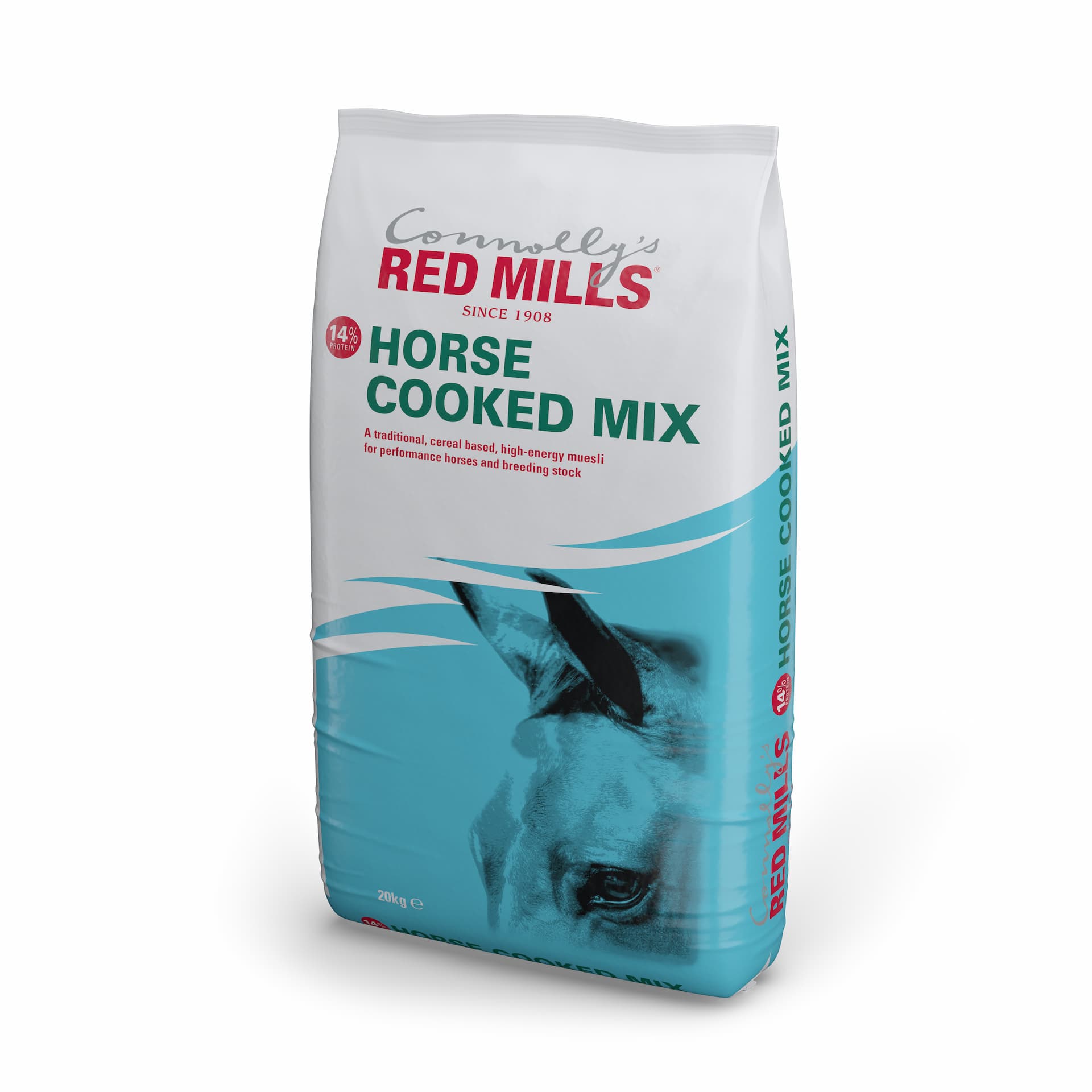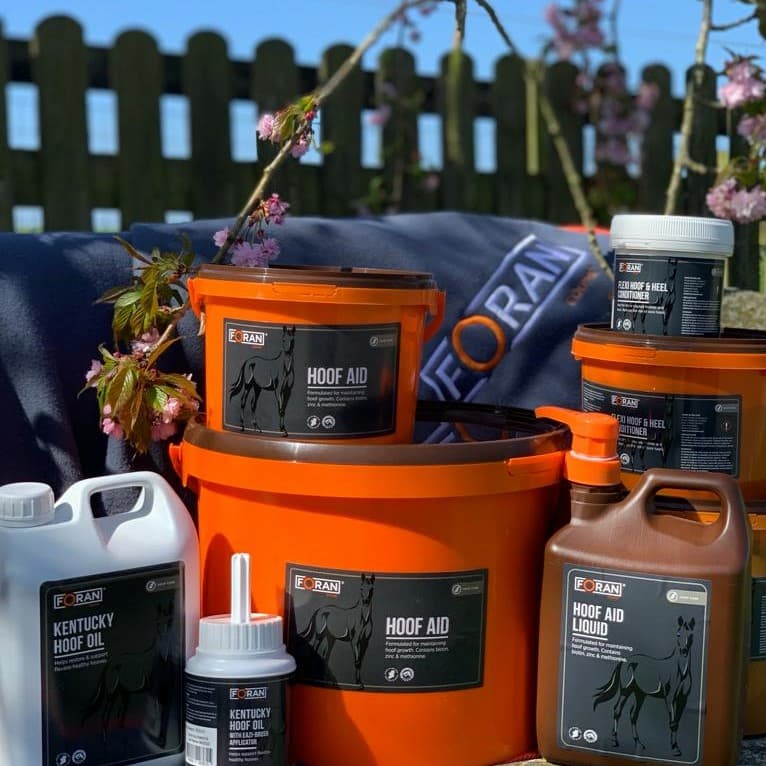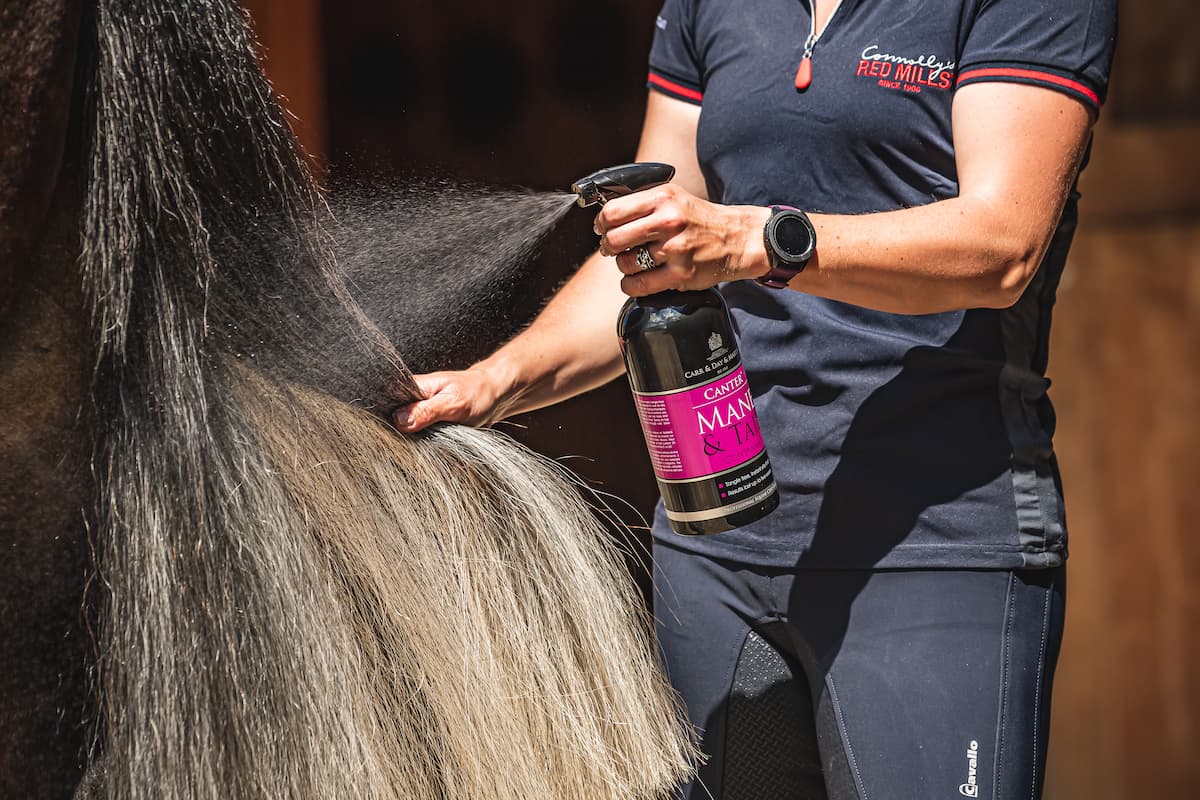Sep, 2020
Whether the target is the upcoming Olympics or the Riding Club championships there is a large proportion of competing animals that are in their late teens.
Nutrition can help to maximise performance of our ageing superstars. Many feeds are specifically designed for senior or veteran horses, but just because your horse has turned 16 doesn’t mean that you need to switch to a geriatric diet plan. The primary focus is to feed according to the work that the horse is doing, regardless of age.
When considering how best to feed your older horse, their workload, body condition score, temperament and health status should all be considered. Using cooked wholesome ingredients will ensure optimised digestion and good feed utilisation and will minimise digestive related disorders.
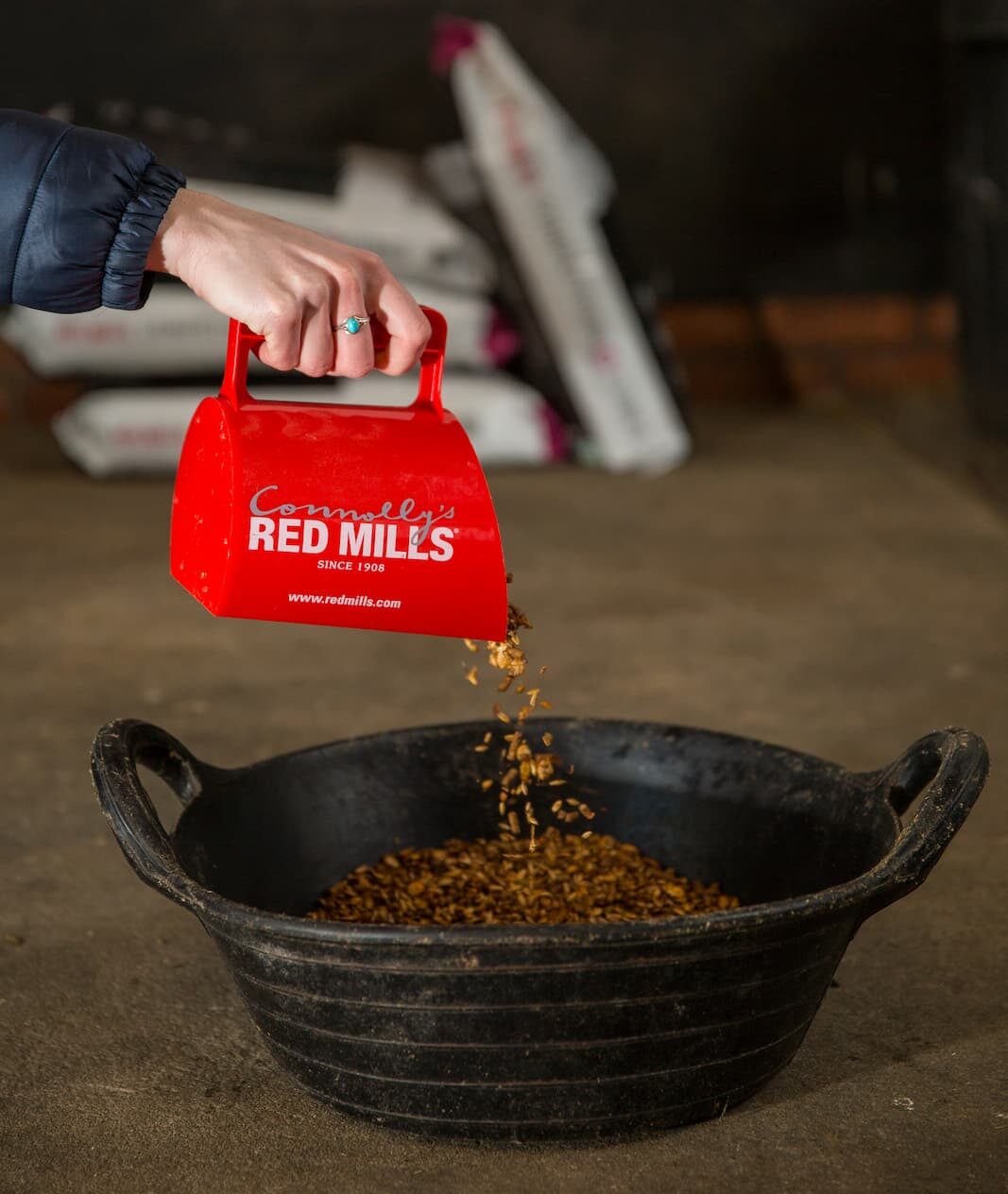
Fibre is a key component in any diet. Good quality forage is even more important for older horses to promote chewing and help the teeth wear properly. Fibre is also necessary for good gut function and thermoregulation, keeping the horse warm from the inside.
As a guideline you should be feeding at least 1.5% of BW per day as forage on a DM basis, for example 7.5kg a day for a 500kg horse. This helps regulate stomach acidity, promote digestive health, maintain a healthy hindgut and aid mental stimulation. Forage also provides a good source of ‘slow release’ energy, as beneficial microbes in the hindgut gradually ferment the fibre. Hindgut microbes are also involved in the production of B-vitamins, which play an important role in energy metabolism.
Protein serves a multitude of roles in the body. It is used to build and repair body tissues and is a major component of the body forming muscles, skin, tendons, blood vessels, organs, bone, hair and hoof. It is not only important in building cells and repairing tissues, but also aids in regulating many of the bodies’ systems and functions.
Muscle loss is a very common problem as the horse ages. So, as the horse gets older it may be necessary to increase the protein content of the feed to counteract muscle loss associated with aging. In addition, many studies suggest that older horses may have decreased ability to digest protein thus increasing the need for good quality, digestible protein in the feed. Soyabean meal has the highest biological value, with 48% protein content on an as-fed basis. For more detailed information on protein click here.
It is good practice to assess your horses body condition score (BCS) regularly to help you to keep an eye on their condition, find out more on how to body condition score your horse here.
Some horses are naturally ‘good doers’ and will require a calorie-controlled diet. For clinically healthy older horses prone to weight gain see article Feeding the Good Doer.
As the horse gets older, they can lose condition, especially in the winter it can be hard to maintain horses in peak condition. Horses gain weight by consuming calories. Therefore, when selecting a feed for weight gain one of the most important factors to consider is its energy (calorie) content. For clinically healthy older horses prone to weight loss see article Feeding for Condition.
Meeting the horse’s micronutrient requirement is also critical for the aging horse. Vitamins and minerals are essential for many bodily functions including energy metabolism, bone strength and recovery. For example, copper is required throughout the horse’s life as it is involved in tissue elasticity and it can also help with coat condition. The antioxidants Vitamin E and selenium are particularly important for horses in higher levels of work as they help to neutralise the increased free radical production associated with exercise. All Connolly’s RED MILLS feeds contain the RED MILLS Pro Balance vitamin and mineral package to ensure your horse receives all the essential micronutrients.
Specific Heath Concerns Associated with Aging
The most suitable dietary management will depend on the individual’s clinical and/ or metabolic status and ability to maintain condition. If you have concerns regarding poor performance, muscle loss or general well-being the first thing to do is to contact your veterinary surgeon for a general health check to rule out any health problems associated with aging.
Cushing’s Disease (PPID)
Equine Cushing’s disease is more correctly known as pituitary pars intermedia dysfunction (PPID). It involves the pituitary gland, which is a gland located at the base of the brain that produces hormones in response brain signals. The disease primarily affects those over the age of 10 and clinical signs include increased coat length and failure to shed coat in summer, weight loss, increased drinking and urination and increased risk of laminitis.
Most horses suffering with Cushing’s can be easily managed with appropriate medication and diet and often continue to compete successfully. Nutritional management of horses with PPID is very similar to that of a laminitic and should focus on maintaining a healthy BCS and providing a diet that is low in non-structural carbohydrate (NSC). However, horses with PPID may also require specific nutritional support and so we recommend you speak to our team of nutritionists who will be able to provide advice tailored to your horse’s individual needs.
Joint Care
Joint health is essential for equine athletes. Strong, stable, joints are needed to maximise performance. A busy performance schedule can place high demands on the equine joint.
Many older horses will show signs of poor recovery due to problems with lameness. While lameness is often caused by orthopedic (bone) problems, there may also be wear and tear and stiffness in the muscles required for working.
Maintaining joint health through supplementation improves performance and will prolong the athletic life of the horse. We recommend Foran Equine’s Ost-O-Flex. This is a palatable, highly effective syrup, containing Glucosamine, a key component of cartilage, MSM to promote joint and ligament health as well as a bioavailable source of Calcium Chondroitin Sulphate, plus Hyaluronic Acid to help maintain join mobility and health.
Dental Care
Routine dental attention is essential in all horses and is particularly important in older horses. Horses teeth don’t stop growing like humans, this combined with uneven wear when eating means that some horses develop very long teeth or points on the edges of some teeth which may cause significant pain and reduce the amount of feed that the horse is eating. This may also lead to reduced chewing which in turn can increase the incidence of colic and choke. Problems such as dropping food or “quidding” are red light warning indicators of dental problems, but other issues may be more subtle and so older horses should be checked by a vet or qualified equine dentist at least once a year. If dental condition deteriorates, you should speak to our team of nutritionists who will be able to advise you on any dietary changes your horse may need.
Competition and Recovery
Another feature of aging is prolonged recovery times post competition. This becomes particularly relevant when horses travel away for a show over several days or are required to compete in several competitions over the course of the day. This is often described as the horse just losing sparkle towards the end of the competition or being quiet in the stable for a day or so after competing.
Dehydration can contribute to problems such as tying up, delayed recovery post exercise and/or increased onset to fatigue. Supplementation of electrolytes may be required according to workload and ambient conditions. Older horses, particularly those suffering with Cushing’s disease may sweat profusely during warm summer days and so electrolyte supplementation is particularly important.
]Electrolytes help to maintain fluid balance, promote faster rehydration, maintain appetite and improve muscle recovery. Foran Equine Equi-Lyte G is an excellent electrolyte with added Vitamin C and E, which helps to support recovery. On competition days, Foran Equine Refuel Gel, which is available in a handy syringe, can be used to provide a concentrated source of electrolytes, plus vitamin C, E and B-vitamins to aid recovery and promote appetite. It is important to ensure that following electrolyte supplementation the horse has access to water to ensure optimal rehydration.
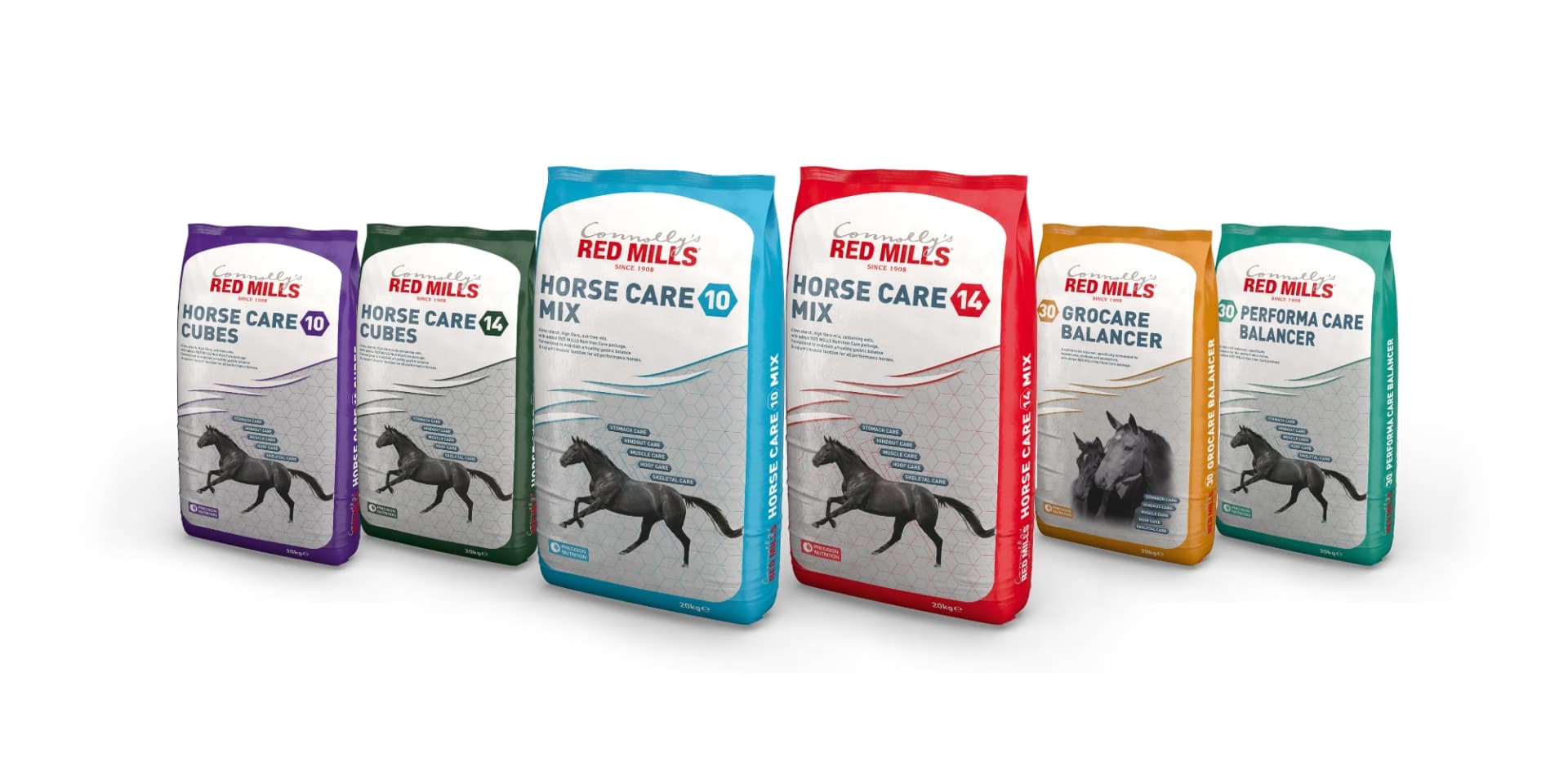
Related Products
Contact our sales team via WhatsApp or email

Nicolas Gaumerais
Group Commercial Manager GCC Region
Based in the UAE, Nicolas Gaumerais is the Commercial Manager of Connolly's RED MILLS Group which includes Connolly's RED MILLS horse feeds and Foran Equine supplements sold in the GCC region. Nicholas regularly travels across the Gulf to meet customers.

Dominic Bligh
Group Commercial and Technical Executive GCC Region
Alternatively, reach out to Dominic Bligh who offers nutritional & technical support for Connolly's REDMILLS Feed and Foran Equine supplements. Dominic is also the Commercial Manager for Foran Equine Supplements. He regularly visits client's stables in the Middle East to advise on bespoke feeding programmes.




